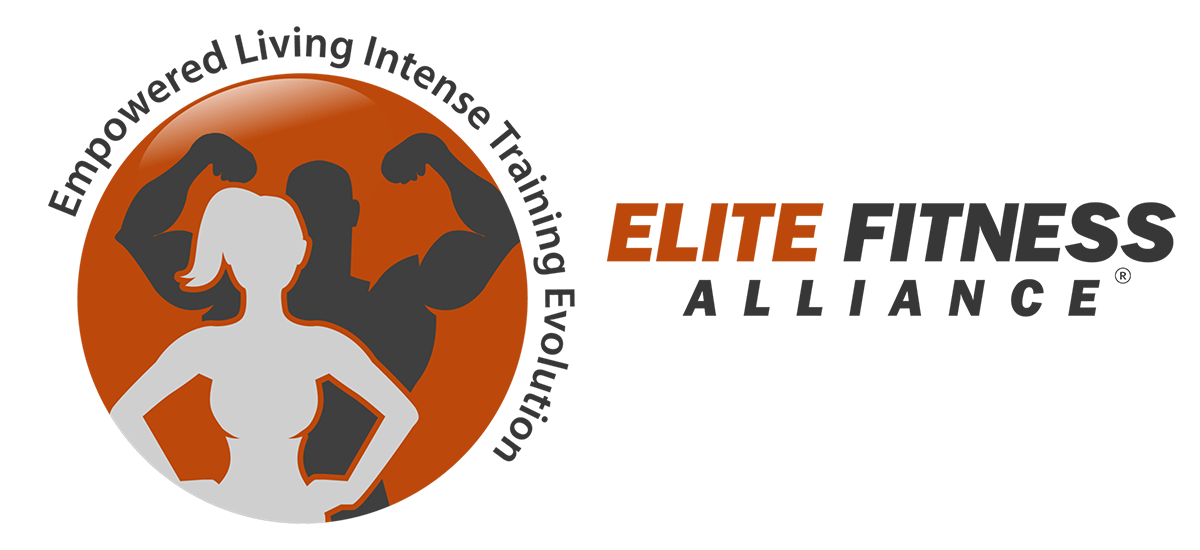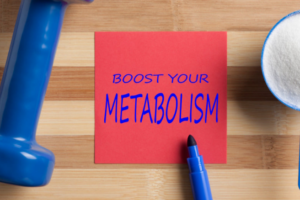How to Boost Metabolism Without Cardio Overload
How to Boost Your Metabolism — Without Cardio Overload
If you’ve been told the only way to “speed up” your metabolism is to run for hours on a treadmill, it’s time for an update. Cardio helps cardiovascular fitness and burns calories — but it’s not the only, or even the best, way to raise your resting metabolic rate (RMR) or change your body composition long term.
Here’s what actually works — and the science behind it.
Myth — “More steady-state cardio is the only way to boost metabolism”
Reality: Cardio matters for calorie burn and heart health, but it’s not the only tool and pushing long, frequent steady-state sessions can be counterproductive for busy adults or people who risk overtraining. High-quality evidence shows both HIIT and moderate exercise improve fitness, but changes in resting metabolism are driven more by muscle mass and daily movement patterns than by cardio alone. PMC+1
What actually raises your metabolism (without endless cardio)
1) Build and preserve muscle with resistance training
Muscle is metabolically active — more lean mass means a higher resting energy use. Multiple studies show structured resistance training increases RMR, partly by increasing fat-free mass and improving metabolic function. Even modest, consistent strength programs (2–4x/week) can produce meaningful gains in resting metabolic rate over months. PubMed+1
Practical tip: Prioritize compound lifts (squats, deadlifts, presses, rows) and progressive overload. Two well-structured strength sessions per week is a realistic, high-impact starting point for most adults.
2) Increase NEAT — non-exercise activity thermogenesis
NEAT is the energy you burn through daily movement: walking, fidgeting, household tasks, standing, taking stairs. NEAT is highly variable between people and explains big differences in daily energy use — and it’s one of the easiest ways to meaningfully raise your total daily energy expenditure without “cardio” sessions. Small behavior tweaks add up fast. PMC
Practical tip: Track steps, park farther, set a 5–10 minute hourly walk reminder, stand more during the day, or do short activity bursts (2–5 minutes) between tasks.
3) Eat more protein — for thermogenesis and muscle support
Protein has a higher thermic effect of food (TEF) than fats or carbs — your body expends more energy digesting and processing protein — and it supports muscle repair and growth. Higher-protein diets also increase satiety, helping control calories without feeling hungry. PubMed+1
Practical tip: Aim to distribute protein across meals (e.g., 20–40 g per meal depending on size/goals). For many adults trying to preserve/build muscle, targets around 1.6–2.2 g/kg/day are useful starting ranges (adjust for age, goals, and medical history).
4) Prioritize high-quality sleep and stress management
Poor sleep and chronic stress disrupt hunger hormones, insulin sensitivity, and recovery — all of which undermine metabolic health. Restorative sleep supports appetite regulation, workout recovery, and metabolic resiliency. Harvard Division of Sleep Medicine
Practical tip: Aim for consistent 7–9 hours of sleep. Practice pre-sleep wind-down routines (no screens 30–60 minutes before bed, keep room cool/dark). Manage stress with short daily practices: breathing, brief walks, or 10 minutes of focused downtime.
5) Use targeted high-intensity work — sparingly and smartly
Short, intense efforts (HIIT) can increase calorie burn in less time and improve fitness capacity — but they’re not a magic metabolism booster that replaces strength or NEAT. Use HIIT strategically (1–2 sessions/week) alongside strength work rather than as the primary tool for metabolic change. PMC
Practical tip: A 10–20 minute HIIT bike or row protocol can be time-efficient — but don’t do HIIT every day. Recovery and strength training are higher priorities for long-term metabolic health.
Small daily moves that add up (realistic, sustainable)
-
Stand or pace during phone calls.
-
Do a 5–10 minute mobility + bodyweight strength circuit mid-day.
-
Swap one snack for a high-protein option (Greek yogurt, hard-boiled egg, cottage cheese, or a protein shake).
-
Use the stairs, park farther, and break long sitting periods every 45–60 minutes.
These simple shifts increase NEAT, preserve muscle, and help maintain metabolic rate without a time-sucking cardio habit.
A balanced view: exercise alone won’t fix everything
Some studies show mixed effects on RMR from exercise interventions alone — results depend on changes in body composition, training type, and recovery. That’s why an approach combining strength training, daily movement (NEAT), protein-forward nutrition, sleep, and smart use of intensity is most reliable. PubMed+1
Quick 6-week action plan (no cardio overload)
Week 1–2: Start two 30–40 minute strength sessions per week (full-body). Add a daily 10-minute walk. Increase protein at two meals.
Week 3–4: Add an extra short NEAT habit (stand every hour). Progress one lift in your sessions. Prioritize sleep routine.
Week 5–6: Add one 12–15 minute HIIT or tempo effort if you feel recovered. Reassess protein intake and meal timing. Track steps and energy.
When to talk to a pro
If you suspect a thyroid issue, medication effect, or other medical condition affecting metabolism, consult your physician or an endocrinologist. Always check with your healthcare team before making big changes if you have medical conditions.
Bottom line
You don’t need endless cardio to boost metabolism. The most durable, evidence-based strategies are: build and preserve muscle, increase daily movement (NEAT), eat sufficient protein, prioritize sleep and stress management, and use brief high-intensity work strategically. These are realistic, sustainable, and backed by research — and they fit into busy lives without requiring hours of steady-state cardio.
Want a simple, individualized plan that fits your schedule and goals?
Book a free consultation with ELITE Fitness Alliance and we’ll craft a metabolic plan that works for your life.
Visit us at elitefitnessalliance.com.



